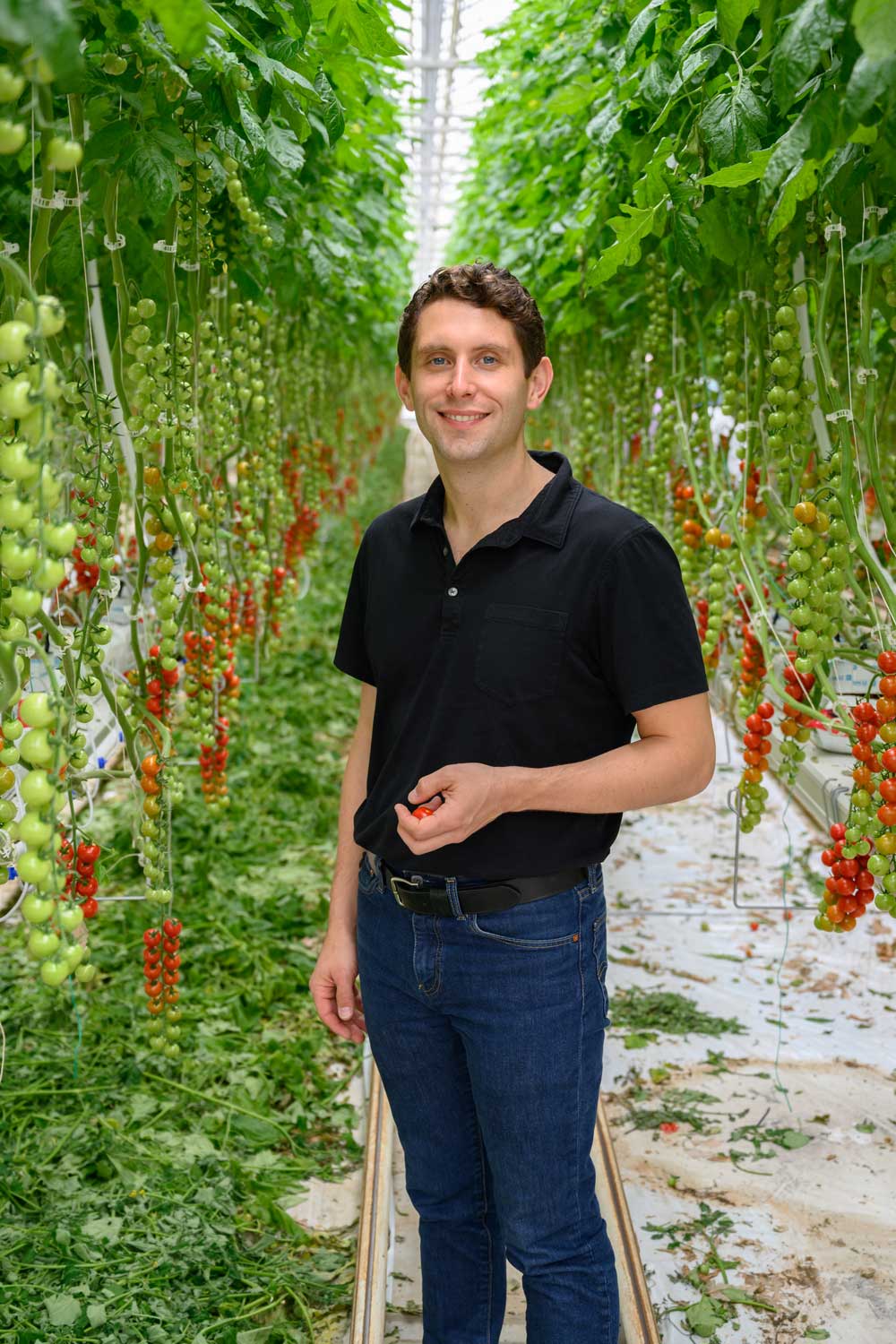Employment in the Industry
Despite the high levels of automation in more sophisticated glasshouse environments, large-scale protected cropping requires a significant labour force, especially during crop establishment and harvest.
Research carried out overseas estimates that the annual work requirement is 11,293 hours per hectare of high-tech structure (which does not include packing operations or any other activities outside of the greenhouse). Assuming an average worker works 1,610 hours per year, then some 7 workers would be required per hectare of operation.
Much of the labour force requirement is semi- or unskilled and many of the work operations can be repetitive.
For example, in a tomato greenhouse plants need to be regularly de-leafed, flowers need to be pollinated by hand and fruit needs to be picked. Whilst the most modern facilities use automation to facilitate many of these tasks, the bulk of the work still has to be performed by people. At the other end of the spectrum, demand for highly skilled growers who manage these large facilities is high and supply of people with suitable skills is low.
The fact that produce is grown all year round in protected cropping systems means that there is less seasonality in the workforce requirements and the physical conditions are less taxing than for field-grown crops.

This means many new facilities can source labour locally and, even where seasonal worker labour is employed, often develop long-term relationships with workers and communities.
It is estimated that more than 10,000 people are currently employed directly in protected cropping throughout Australia, with labour requirements for the industry expanding at between more than 5% per annum.
